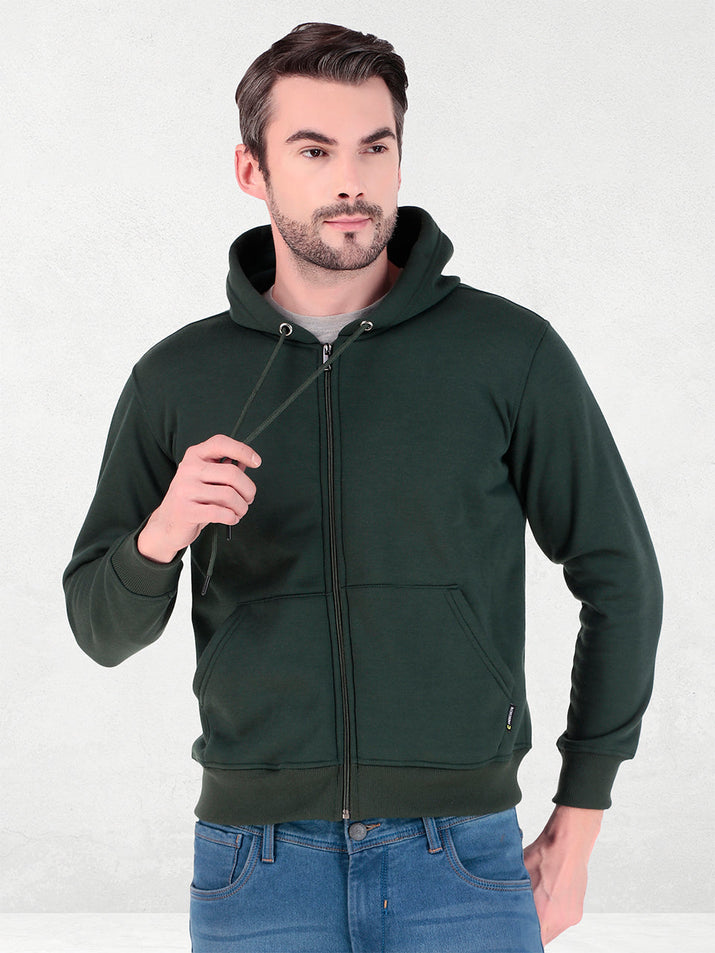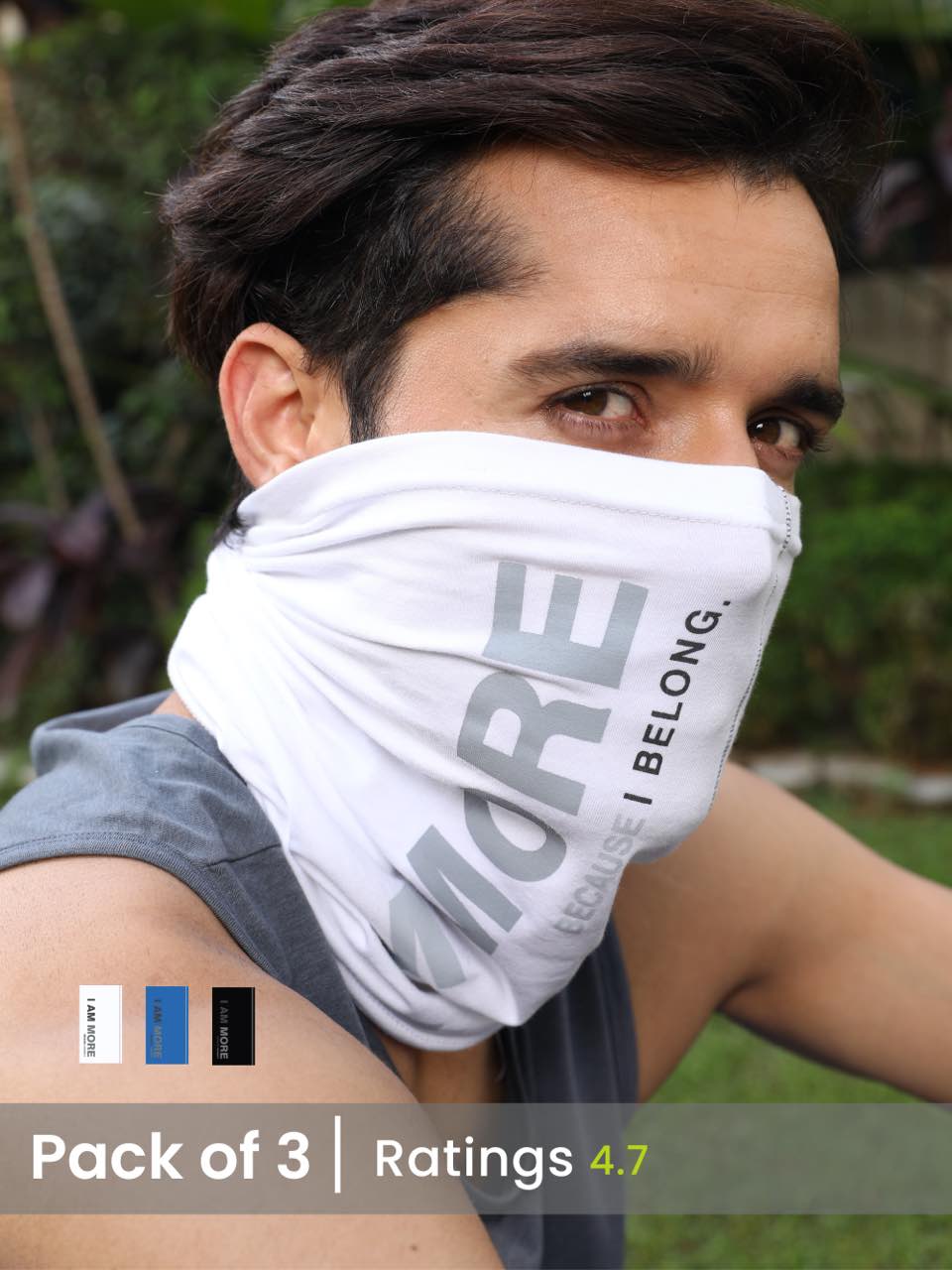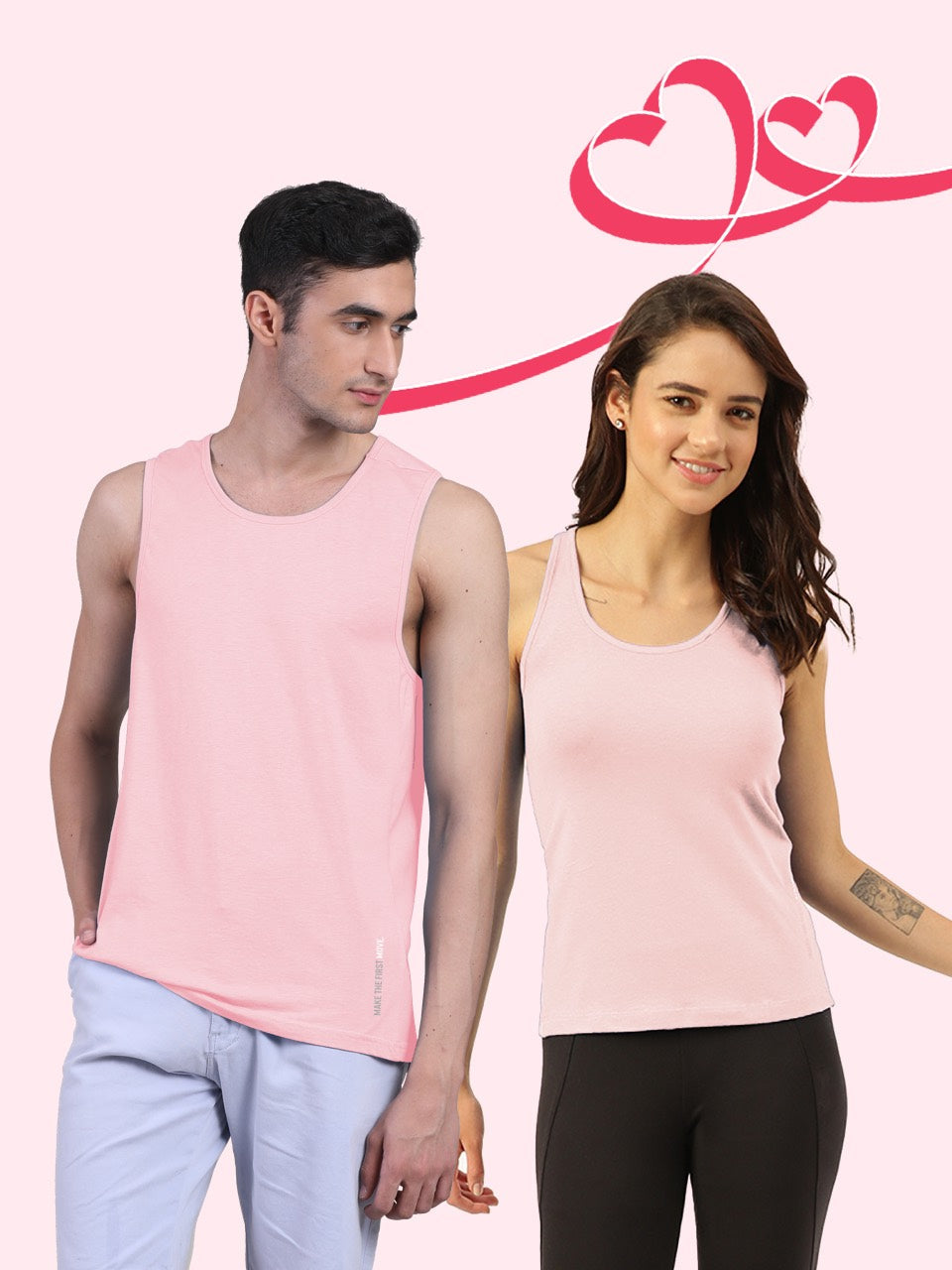The contemporary man recognizes that superior comfort originates with meticulously engineered inner wear, transcending basic utility to become a performance essential. Recent advancements in textile technology now deliver a truly seamless feel and foundational support, vital for demanding daily activities. Innovations utilize high-performance materials such as micro-modal, bamboo viscose. Advanced polyester-spandex blends, providing exceptional moisture management and unparalleled breathability. The focus on ergonomic design and heat-bonded seams eliminates chafing and enhances movement, reflecting a significant leap in functional apparel. This evolution ensures inner wear actively contributes to optimal well-being and confidence, establishing a new benchmark for essential, imperceptible comfort.

The Unsung Hero: Understanding Men's Inner Wear
Often overlooked yet fundamental to daily comfort and well-being, men's inner wear serves as the foundational layer of any wardrobe. Beyond mere modesty, the right choice of inner wear significantly impacts comfort, hygiene. Even performance throughout the day. This essential garment acts as a protective barrier, managing moisture, preventing chafing. Providing crucial support. Its evolution from simple cotton undergarments to sophisticated, engineered fabrics reflects a growing understanding of human physiology and the desire for enhanced comfort in every aspect of life.
The term "inner wear" encompasses a broad category of garments worn closest to the skin, including various styles of briefs, boxers, boxer briefs. Even thermal layers. The primary function of this intimate apparel is to:
- Act as a barrier between the body and outer clothing, preserving the lifespan of outerwear.
- Absorb sweat and moisture, helping to regulate body temperature and maintain hygiene.
- Provide support and reduce friction, preventing discomfort and irritation during movement.
- Offer a seamless foundation for clothing, ensuring a smooth silhouette.
The Core Components of Superior Inner Wear: Fabrics and Construction
The true magic of comfortable and functional inner wear lies in its material composition and construction. Advances in textile technology have led to a diverse range of fabrics, each with unique properties suited for different needs. Understanding these materials is key to making informed choices.
Key Inner Wear Fabrics:
| Fabric Type | Description & Key Benefits | Considerations |
|---|---|---|
| Cotton | Soft, breathable, highly absorbent. Hypoallergenic. Excellent for everyday wear due to its natural feel and comfort. | Can retain moisture and dry slowly, making it less ideal for high-activity or hot, humid conditions. |
| Modal | A semi-synthetic rayon fiber made from beech tree pulp. Known for its exceptional softness, smoothness. Resistance to shrinkage and fading. Wicks moisture better than cotton. | Generally more expensive than cotton. |
| Microfiber (Polyester/Nylon Blends) | Synthetic fibers engineered for moisture-wicking, quick-drying properties. Durable, lightweight. Often used in athletic inner wear. Offers a smooth, almost "seamless feel." | Less breathable than natural fibers, can sometimes feel less soft or retain odors if not treated. |
| Bamboo Viscose | Derived from bamboo pulp. Extremely soft, breathable. Naturally antimicrobial. Excellent moisture-wicking and thermo-regulating properties. | Can be prone to pilling and may require delicate washing. Sustainability depends on processing methods. |
| Spandex (Lycra/Elastane) | A synthetic fiber known for its exceptional elasticity and stretch. Often blended with other fabrics (e. G. , cotton-spandex) to provide shape retention, flexibility. A snug fit. | Rarely used on its own; primarily an additive. Can reduce breathability if used in high percentages. |
Construction and Design Innovations:
- Seamless Technology This is a revolutionary knitting technique that produces garments with minimal to no seams. Traditional inner wear relies on cut-and-sew methods, which can create bulky seams that chafe or show through outer clothing. Seamless knitting, often done on circular knitting machines, allows for the creation of a complete garment or large sections in one continuous process. This results in a truly "seamless feel," enhancing comfort, reducing irritation. Providing a smooth, invisible look under clothes. For instance, brands like SAXX have popularized innovative pouch designs that leverage ergonomic shaping to provide unparalleled support without constriction, contributing to an overall seamless feel experience.
- Flatlock Seams While not truly seamless, flatlock seams are a significant improvement over traditional overlay seams. In flatlock stitching, two pieces of fabric are laid edge-to-edge. A specialized sewing machine creates a flat, interlocking stitch that lies flush with the fabric surface. This reduces bulk and chafing, making it a popular choice for activewear and comfortable inner wear.
- Waistbands The waistband is critical for comfort and fit. Modern inner wear often features soft, wide waistbands made from elasticized materials that resist rolling, pinching, or digging into the skin. Some use covered elastic to prevent direct skin contact for those with sensitivities.
- Pouch Designs The anatomical design of the pouch area in briefs and boxer briefs has evolved significantly. Innovations include contoured pouches for enhanced support and separation, mesh panels for improved ventilation. "keyhole" or "ballpark" constructions designed to keep everything comfortably in place without compression.
Types of Men's Inner Wear: A Comprehensive Guide
The variety of inner wear styles caters to different preferences, activities. Body types. Choosing the right style is as vital as selecting the right fabric for optimal comfort and function.
- Briefs The classic "Y-front" or full-cut brief offers maximum support and coverage while leaving the thighs exposed. Ideal for everyday wear, especially under slimmer trousers, as they minimize fabric bunching. Variations include low-rise briefs and mid-rise briefs.
- Boxers Traditionally loose-fitting, woven fabric shorts that offer maximum breathability and freedom of movement. Best for relaxed wear and under looser-fitting clothing. Knit boxers offer a slightly more structured, less voluminous fit while retaining the characteristic length.
- Boxer Briefs A hybrid style combining the support of briefs with the leg coverage of boxers. They typically extend to mid-thigh and offer excellent support, moisture-wicking properties (especially in athletic versions). Prevent chafing. This is arguably the most popular and versatile style of inner wear today, providing a snug, comfortable fit that moves with the body.
- Trunks Shorter versions of boxer briefs, often ending higher on the thigh. They offer a modern, streamlined look and are ideal for slimmer fit trousers or those who prefer less fabric on the leg.
- Athletic Inner Wear Specifically designed for physical activity, these often feature compression properties, advanced moisture-wicking fabrics (like polyester or nylon blends with spandex). Strategic ventilation zones. They minimize chafing and provide superior support during intense workouts.
- Long Johns / Thermal Inner Wear Full-length bottom inner wear designed to provide an insulating layer in cold weather. Made from various materials, including merino wool, thermal cotton, or synthetic blends, they are essential for outdoor activities in winter.
The Science of Comfort: Key Technologies and Innovations
Modern inner wear isn't just about fabric; it's about integrating scientific principles and technological advancements to deliver an unparalleled experience of comfort and performance. The concept of "seamless feel" extends beyond just the absence of seams to encompass a holistic approach to how the garment interacts with the body.
- Moisture-Wicking Technology This is a cornerstone of modern inner wear. Fabrics engineered with moisture-wicking properties are designed to draw sweat away from the skin's surface and rapidly disperse it to the outer layer of the fabric, where it can evaporate quickly. This process, often achieved through capillary action in synthetic fibers or the unique structure of natural fibers like merino wool, keeps the wearer dry and comfortable, preventing clamminess and reducing the risk of bacterial growth. For example, a runner wearing cotton inner wear might experience discomfort from trapped moisture, whereas a performance inner wear made with polyester blend will actively transport sweat away, maintaining skin dryness.
- Odor Control Many contemporary inner wear products incorporate antimicrobial treatments or utilize naturally odor-resistant fibers (like bamboo or merino wool). These technologies inhibit the growth of odor-causing bacteria on the fabric, keeping the inner wear fresh for longer and reducing the need for frequent washing. Silver ions or zinc pyrithione are common agents used in synthetic treatments.
- Breathability Beyond wicking, breathability refers to a fabric's ability to allow air to circulate through it. This is crucial for regulating body temperature and preventing overheating. Breathability is achieved through the weave structure of the fabric (e. G. , open knits) or by incorporating mesh panels in strategic areas, especially in athletic inner wear. A well-ventilated inner wear prevents the build-up of heat and humidity, which contributes significantly to overall comfort.
- Ergonomic Design and Fit This involves designing inner wear to conform to the body's natural contours and movements. This includes features like contoured pouches that provide support without crushing, leg openings that stay in place without riding up. Waistbands that don't roll or dig in. The goal is a second-skin feel where the inner wear moves seamlessly with the wearer, almost becoming unnoticeable. This attention to detail ensures that the inner wear provides support where needed while allowing for full range of motion.
- Seamless Knitting Technology Explained As mentioned, seamless knitting is pivotal for the "seamless feel." Unlike traditional cut-and-sew methods, seamless garments are produced on specialized circular knitting machines that can create a complete tubular garment, or large sections of it, in one continuous operation. This eliminates the need for side seams, which are often the primary source of irritation and visible lines under clothing. For instance, a high-tech machine can knit a boxer brief with integrated ventilation zones, varying compression levels. A perfectly shaped pouch without a single traditional seam. This precision engineering results in an inner wear that feels like a second skin, offering unparalleled comfort and a truly smooth silhouette.
Choosing Your Perfect Inner Wear: Actionable Insights
Selecting the right inner wear is a personal journey. Armed with knowledge, you can make choices that prioritize your comfort, health. Style. Here are actionable takeaways to guide your next purchase:
- Fit Matters Most This cannot be overstated. Inner wear should fit snugly but not be restrictive. Too tight. It can cause discomfort, chafing. Even affect circulation. Too loose. It won't provide adequate support, leading to bunching and irritation. Measure your waist and refer to brand-specific size charts. Remember that an appropriate fit is paramount for experiencing the "seamless feel" of modern inner wear. As Dr. Emily R. Smith, a renowned dermatologist, often advises, "A proper fit is crucial not just for comfort. Also to prevent skin irritation and ensure adequate airflow, which is vital for skin health in intimate areas."
- Consider Your Activity Level
- For daily wear and light activity, cotton or modal blends are excellent for their breathability and softness.
- For workouts, sports, or hot climates, opt for moisture-wicking synthetic blends (polyester, nylon, often with spandex) or merino wool. These fabrics actively manage sweat and prevent chafing. I've personally found that using performance-oriented inner wear for long-distance runs drastically reduces friction and keeps me dry, unlike traditional cotton which can become heavy and uncomfortable.
- Climate Considerations
- Hot/Humid Focus on lightweight, breathable fabrics like micro-mesh synthetics, bamboo, or thin cotton, prioritizing styles that offer good ventilation (e. G. , trunks or boxer briefs with mesh panels).
- Cold Layer with thermal inner wear made from merino wool or synthetic thermals that provide insulation without bulk.
- Budget vs. Quality While premium inner wear might seem like an indulgence, the investment often pays off in terms of durability, comfort. Advanced features. Higher quality fabrics and construction (like seamless technology or flatlock seams) mean the inner wear will last longer, retain its shape. Provide consistent comfort, making it a cost-effective choice in the long run. Look for reputable brands known for their commitment to material science and ergonomic design.
- Care and Maintenance Extend the life of your inner wear by following care instructions. Generally, washing in cold water and air-drying or tumble-drying on low heat is recommended to preserve fabric integrity, especially for synthetic blends and delicate materials like modal or bamboo. Avoid harsh detergents and fabric softeners, which can degrade elastic and reduce moisture-wicking properties over time.
Conclusion
Ultimately, men's inner wear is far more than just an afterthought; it’s the essential foundation for daily comfort and confidence. We often overlook its silent yet significant role. Investing in seamless designs and breathable fabrics, like advanced micro-modal blends, can genuinely transform your day. Speaking from experience, I noticed a dramatic improvement in my concentration during long work sessions once I upgraded to inner wear that truly offered unrestricted movement and zero chafing – it’s a subtle shift that impacts everything. Your actionable step is clear: evaluate your current inner wear drawer. Prioritize pieces that embrace current trends in fabric innovation, offering that "second skin" feel rather than just basic coverage. Choose inner wear that supports your active lifestyle, allowing you to move freely and feel confident from the inside out. Remember, the comfort beneath is the comfort that empowers your entire day.More Articles
Inner Wear – Unrestricted Movement & Gentle SupportInner Wear – Foundation of Comfort & Confidence
Men's T-shirt – Everyday Comfort & Perfect Fit
Men's T-shirt – Classic Style & Soft Feel
FAQs
Why is comfortable inner wear such a big deal?
Because it's the first layer against your skin all day! Uncomfortable inner wear can distract you, chafe. Just make your whole day feel off. When it's comfortable, you barely notice it, letting you focus on what really matters.
What does 'seamless feel' mean for me?
A seamless feel means fewer, or ideally no, irritating seams and tags. This translates to less rubbing and chafing, especially during movement. It's about a smoother silhouette under your clothes and an incredibly smooth sensation against your skin, almost like a second skin.
What kind of materials are best for ultimate comfort?
Look for fabrics that are soft, breathable. Moisture-wicking. Common favorites include modal, bamboo, premium cotton blends. Microfibers. These materials help regulate temperature, prevent sweat buildup. Feel incredibly soft against your skin, ensuring all-day comfort.
Are there specific inner wear styles for different occasions or activities?
Absolutely! For everyday comfort, classic briefs or boxer briefs are popular. If you're active, performance-oriented fabrics and designs that offer more support and moisture-wicking properties are key. And for a truly seamless look under dress pants, a trunk style might be ideal.
How often should I consider replacing my inner wear?
Generally, it's a good idea to refresh your inner wear drawer every 6-12 months, or sooner if you notice signs of wear like stretched elastic, thinning fabric, or loss of shape and support. Fresh inner wear ensures continued comfort, hygiene. Optimal fit.
Any advice for getting the perfect fit in my inner wear?
Fit is crucial! It shouldn't be too tight or too loose. Measure your waist and compare it to brand-specific size charts, as sizes can vary. Pay attention to leg openings and waistband elasticity – they should feel secure without digging in. A good fit means no bunching or riding up.
What's the main difference between everyday and athletic inner wear?
Everyday inner wear prioritizes general comfort and breathability for daily wear. Athletic inner wear, on the other hand, is engineered for performance. It often features advanced moisture-wicking fabrics, compression for muscle support, anti-odor properties. Specialized designs to minimize chafing during intense physical activity.






